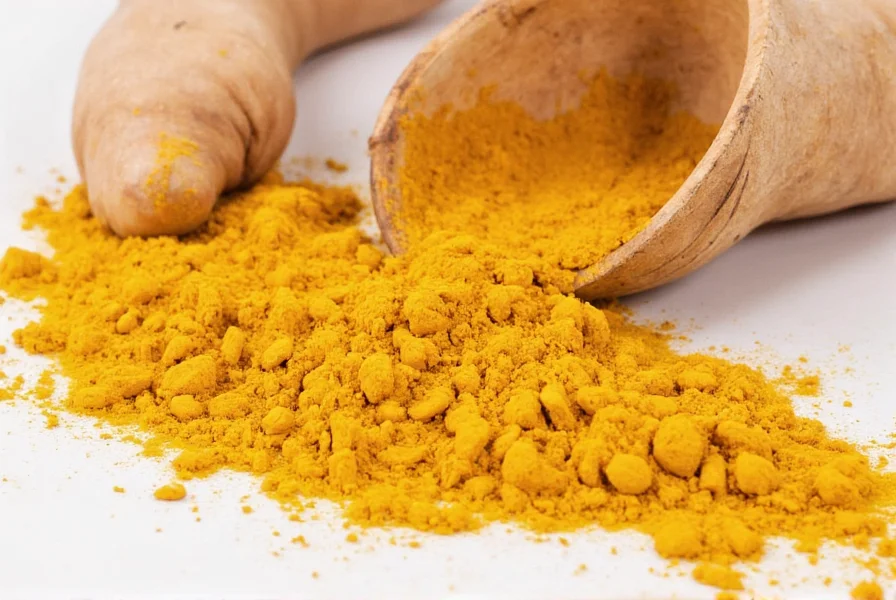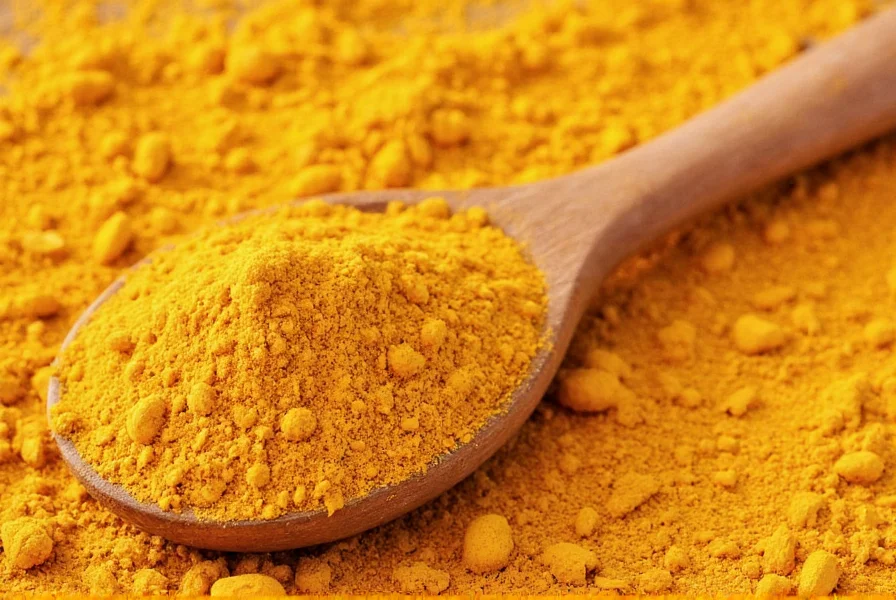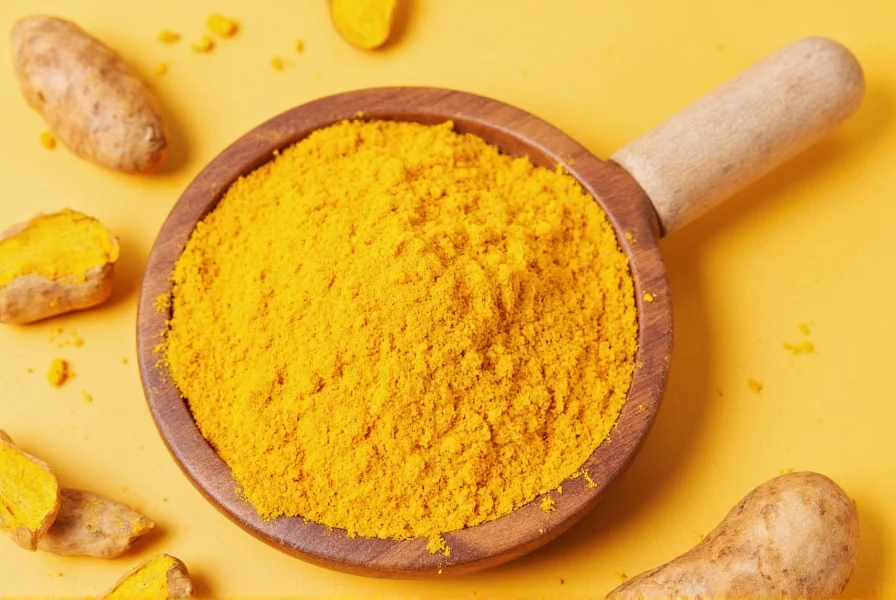When seeking relief from inflammation, understanding which turmeric products deliver measurable results is crucial. Chronic inflammation underlies many health conditions, from arthritis to cardiovascular issues, making effective management essential. Not all turmeric supplements offer equal benefits due to significant differences in bioavailability—the rate and extent to which your body can absorb and use the active compounds.
Curcumin, turmeric's primary active compound, demonstrates potent anti-inflammatory properties in scientific studies. However, plain turmeric powder contains only about 3% curcumin by weight, and standard curcumin extracts suffer from poor absorption. This explains why many people don't experience benefits from basic turmeric supplements. The key breakthrough comes from formulations that enhance curcumin's bioavailability by 10-20 times compared to standard extracts.
Understanding Turmeric's Anti-Inflammatory Mechanisms
Turmeric (Curcuma longa) contains over 100 bioactive compounds called curcuminoids, with curcumin being the most studied. Research published in Journal of Medicinal Food confirms curcumin inhibits multiple inflammation pathways, including NF-kB, cytokines, and enzymes like COX-2. Unlike pharmaceutical anti-inflammatories that target single pathways, curcumin's multi-target approach makes it particularly effective for chronic inflammatory conditions.
A comprehensive review in Foods analyzed 120 studies and concluded that curcumin supplementation significantly reduces inflammatory markers like C-reactive protein (CRP) and interleukin-6 (IL-6). The most substantial improvements occurred with bioavailable formulations taken consistently for at least 4 weeks at appropriate dosages.
Types of Turmeric Supplements Compared
| Supplement Type | Bioavailability | Effective Daily Dose | Research Support | Cost Consideration |
|---|---|---|---|---|
| Turmeric powder/spices | Very low (1-2%) | 3,000-8,000 mg | Limited for therapeutic effects | Lowest |
| Standard curcumin extract (95%) | Low (approx. 1%) | 1,500-3,000 mg | Moderate | Low |
| Curcumin with piperine | Moderate (20x increase) | 500-1,500 mg | Strong | Moderate |
| Liposomal curcumin | High (18-29x increase) | 250-750 mg | Strong | Higher |
| Nanoparticle curcumin | Very high (up to 185x) | 80-250 mg | Emerging | Highest |
Key Factors for Choosing Effective Turmeric
When evaluating the best turmeric supplement for chronic inflammation, consider these evidence-based factors:
Bioavailability Enhancement
The most critical factor is how well your body can absorb the curcumin. Formulations combining curcumin with piperine (found in black pepper) increase absorption by up to 2,000%. Other effective approaches include phospholipid complexes (merging curcumin with fats) and advanced delivery systems like liposomes or nanoparticles. For most bioavailable turmeric for joint pain, look for products specifying their absorption technology and providing third-party verification.
Dosage and Standardization
Effective curcumin dosage for inflammation typically ranges from 500-1,500 mg daily of enhanced formulations. Ensure products specify the percentage of curcuminoids (aim for 95% standardization) and the actual curcumin content per serving. Many products list "turmeric extract" without clarifying the curcumin concentration, which can be misleading.
Third-Party Testing
Reputable brands undergo independent testing for purity, potency, and contaminants. Look for certifications from NSF International, USP, or ConsumerLab. This is especially important since a Journal of the American Medical Association investigation found significant discrepancies between labeled and actual curcumin content in many supplements.

What the Research Says About Effectiveness
A meta-analysis in Phytotherapy Research examining 18 clinical trials concluded that bioavailable curcumin formulations significantly reduced pain and improved function in osteoarthritis patients, with effects comparable to ibuprofen but with better safety profiles. Participants taking enhanced curcumin reported noticeable improvements in joint pain within 2-4 weeks, with maximum benefits at 8 weeks.
For inflammatory bowel conditions, research in Clinical Gastroenterology and Hepatology demonstrated that 2 grams daily of a specialized curcumin formulation induced remission in 50% of ulcerative colitis patients. The study emphasized that standard curcumin would require impractical doses to achieve these results due to poor absorption.
Safety Considerations and Potential Interactions
Turmeric is generally safe at recommended doses, but high-quality products minimize risks. Potential side effects include digestive upset at very high doses (over 4,000 mg daily of standard curcumin). Those taking blood thinners should consult their physician before using therapeutic doses, as curcumin may enhance anticoagulant effects. The turmeric with black pepper for inflammation combination is well-tolerated by most people, though piperine may affect medication metabolism.
Pregnant women and individuals with gallbladder issues should avoid high-dose curcumin supplements. Always start with the lowest effective dose and monitor your body's response. For chronic conditions, consult with a healthcare provider familiar with botanical medicine to ensure turmeric complements your overall treatment plan.

Practical Usage Guidelines
For optimal results with scientifically proven turmeric for arthritis, take your supplement with a meal containing healthy fats to further enhance absorption. Divide larger daily doses (over 1,000 mg) into two servings taken 12 hours apart for sustained blood levels. Consistency matters—most studies showing significant anti-inflammatory effects required 4-8 weeks of daily use.
While supplements provide concentrated doses, incorporating whole turmeric into your diet offers additional benefits. Try golden milk (turmeric tea), add turmeric to soups and stews, or make a turmeric-ginger dressing. Remember that dietary turmeric alone won't provide therapeutic anti-inflammatory effects for existing conditions but supports overall wellness.
Conclusion: Making an Informed Choice
Selecting the best turmeric supplement for inflammation requires understanding bioavailability, dosage, and product quality. Enhanced formulations with proven absorption technology deliver the most reliable results at practical doses. Look for products providing transparent information about their formulation, third-party testing, and clinically relevant dosages. While individual responses vary, consistent use of high-quality, bioavailable turmeric supplements offers a valuable natural approach to managing inflammation with minimal side effects compared to pharmaceutical options.
How long does it take for turmeric to reduce inflammation?
Most clinical studies show noticeable reductions in inflammatory markers within 4-6 weeks of consistent daily use of bioavailable curcumin formulations (500-1,500 mg). For joint pain relief, many people report improvements within 2-4 weeks, with maximum benefits typically seen at 8 weeks of regular use. Standard turmeric powder may require significantly longer or higher doses to achieve similar effects due to poor absorption.
What's the difference between turmeric and curcumin for inflammation?
Turmeric is the whole spice containing about 3% curcumin by weight, while curcumin is the specific compound responsible for most anti-inflammatory effects. Standardized curcumin extracts (typically 95% curcuminoids) provide concentrated doses necessary for therapeutic effects. For inflammation management, curcumin supplements are significantly more effective than plain turmeric powder due to higher potency and specialized formulations that enhance absorption.
Can I get enough anti-inflammatory benefits from dietary turmeric alone?
While culinary use of turmeric contributes to overall wellness, you cannot achieve therapeutic anti-inflammatory effects from dietary turmeric alone. A typical curry contains only 20-50 mg of curcumin, whereas research shows effective doses start at 500 mg daily of enhanced curcumin formulations. To reach therapeutic levels through diet alone, you'd need to consume more than 25 grams of turmeric powder daily, which isn't practical or well-tolerated by most people.
Should I choose turmeric with black pepper for inflammation?
Yes, formulations combining turmeric with black pepper extract (piperine) are generally recommended for inflammation. Piperine increases curcumin absorption by up to 2,000% according to research in Planta Medica. This means you need significantly lower doses to achieve therapeutic effects. Most high-quality supplements already include piperine or other bioavailability enhancers, making them more effective than standalone curcumin supplements.
How do I verify if my turmeric supplement is high quality?
Check for third-party testing certifications (NSF, USP, ConsumerLab), clear labeling of curcuminoid percentage (should be 95% standardization), and specified bioavailability technology. Reputable brands provide Certificates of Analysis showing actual curcumin content. Avoid products with vague labeling like "proprietary blend" or those listing only "turmeric extract" without curcumin concentration. Research shows significant discrepancies between labeled and actual curcumin content in supplements without independent verification.











 浙公网安备
33010002000092号
浙公网安备
33010002000092号 浙B2-20120091-4
浙B2-20120091-4